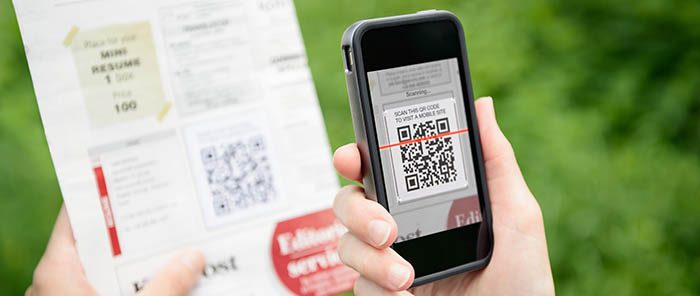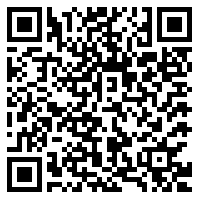
Digital Lead Generation Series, Part Three: Ads
Digital Marketing Manager
Burns360
So, you’ve optimized your online contact forms, and now have a solid process in place to identify and capture incoming phone leads.
And guess what? It’s paying off!
You’re starting to get a few calls and submissions actually coming in through your site. Now it’s time to build off this momentum and take your lead-generation program to the next level.
Typically, that usually means one thing—it’s time to advertise!
Not so fast—Before you spend money on outbound/paid marketing, online or otherwise, you first need to make sure of two things:
- Your ad buys are fully trackable.
- You’re able to report a measurable ROI.
Let’s discuss some do’s, don’ts and best practices for building a strong lead-generation funnel.
Online Advertising: Banners
Banner advertising is one of the most common outbound digital marketing tactics.
Think about how often you have seen them yourself. Chances are everything from your favorite social media platforms to your email inbox are filled with sales pitches, most with the same promises.
“Generate more site traffic! Don’t miss out on 10,000 visitors monthly! Keep your brand at top-of-mind awareness!
But what actually makes advertising on an external site a good idea? I personally run through a short checklist first.
- Have I heard of this site before? After a quick Google search, does it rank well for its own name? Where does it fall in the pecking order of key go-to information portals?
- Does the site feature content that’s critical to my business or industry? Does it make sense for the audience that visits this external site to go to my site as well?
- Where will the banner be displayed? On the home page header? The footer? Somewhere within an internal page? If the latter, is the site easy enough to navigate so my ad won’t get lost in the shuffle?
If all of the above looks good, it’s time to consider adding banner ads to your lead-generation toolbox. Here’s how to do it.
- First, create a trackable link. Assuming you’re using Google Analytics, they offer a URL builder which allows you to create custom links that report back to your data. That way, you can check how much actual traffic this banner generates for you—rather than just tabulating the number of banner impressions.
- Most sites require a flat jpg/png image of a specific size. Relative to that total size of the ad, make sure your call-to-action stands out and is easy to act on.
- Lead your click-throughs to a compelling landing page. You’re paying for these visits—so make sure you direct prospects to a page that has the highest probability to convert. Whitepaper downloads, limited-time trials/offers, webinar signups, and other forms of valuable IP are ideal content for taking your visitor’s engagement and interest to the next level.
Offline Advertising: Magazines
Print isn’t dead. Trade magazines in B2B still hold a lot of pull, and so do home décor and fashion magazines primarily designed to stimulate the reader’s imagination and creativity.
What’s often the challenge with print, however, is how much you can actually track your magazine’s ad response. You may have access to the publication’s audited circulation figures, but in reality, those figures don’t tell you how many people actually read through the magazine or even saw your ad.
Several improvements in tracking capabilities and technologies now allow marketers to make more calculated investments. Here are some you can implement for your next print advertising placement:
-
Implement a unique/trackable URL
. Whether you’re leading people to a landing page or a home page, you can create a unique version of that page just for your print ad visitors as well. This simply requires duplicating an existing page and giving it a different URL that will make sense in your reports.If your digital-driven landing page has a URL called “homepage.com/landing”, then you can also create a duplicate version called “homepage.com/landing-print”. The results will you show you what’s working, what isn’t, and how to make more informed ad buying decisions in the future.
- Add a “nofollow” script on the print-only version of your landing page. This discourages Google from classifying the digital and print versions as web pages with duplicate content on your site. Google scores duplicate content negatively, thinking that you are deceivingly over-stuffing your website with keywords.
Offline Advertising: QR Codes
Commonly used at trade shows or events, QR codes are images which, when scanned with a phone, will immediately generate an output (typically a website URL).
This is a sales tactic designed to spur engagement. For example, they might tell a potential client to scan a QR code to download their company’s latest whitepaper directly. This happens seamlessly during the in-person conversation, allowing the salesperson to immediately offer hands-on value to a potential client.
Creating QR codes is easy! All of the same tips from print ads apply, with a few notable exceptions and additions:
- To create a QR code, use online QR code generators. I personally use this one.
-
Do create unique/trackable URLs, but consider linking directly to the specific asset you want to offer, rather than a landing page as an interim step.
This particularly applies if it’s used at an event. The last thing attendees want to do is fill out a form while they’re juggling a hundred other plates in the air at an event. Use the conversation to capture lead information; offer valuable content directly!
Paid advertising is still rewarding, but these tips will ensure that you know the effectiveness of the hard-earned dollars you spend—whether you’re using PPC ads or traditional retail formats.
Have any questions on how to track visitors for your business? Drop us a line, or scan the QR code below to reach us directly.



